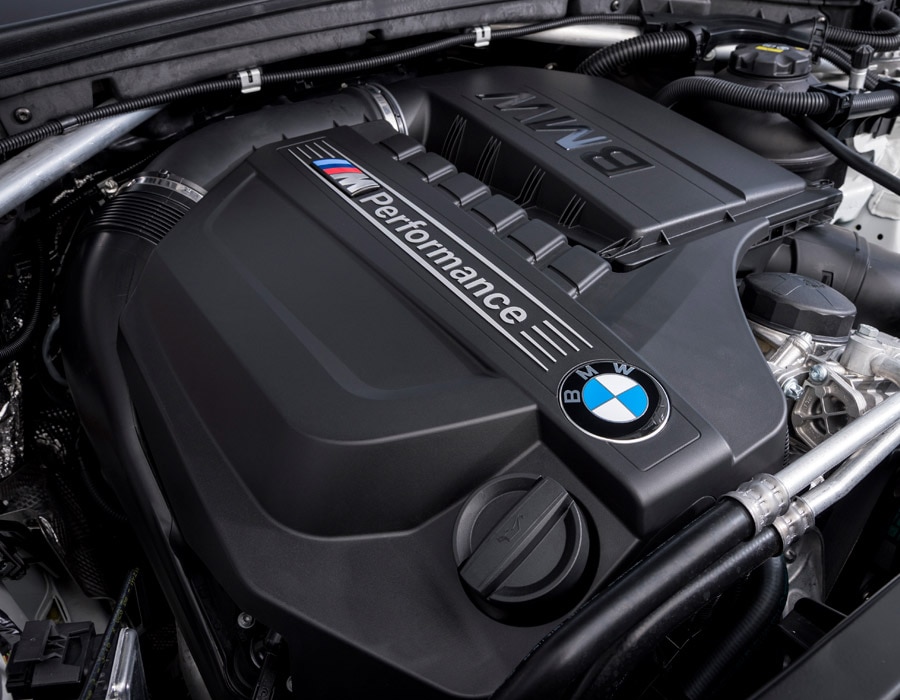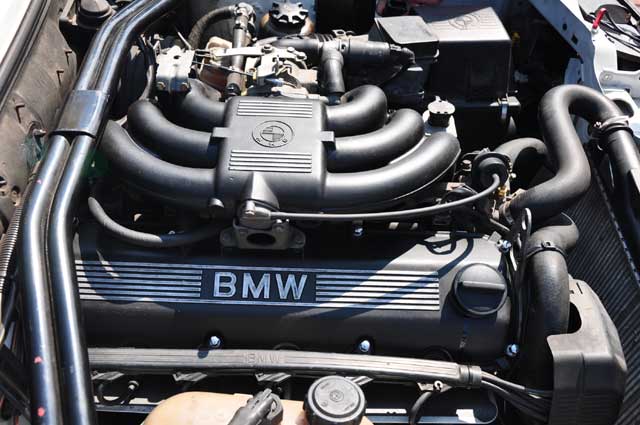The Evolution of the BMW Engine: A Look Back at Iconic Models
The Evolution of the BMW Engine: A Look Back at Iconic Models
Blog Article
Checking Out the Evolution of Combustion Engines in Modern Transport Solutions
As we navigate the landscape of modern-day transportation, the evolution of combustion engines stands as a testimony to human ingenuity and design prowess. The interplay of background, technology, and ecological problems in forming the trajectory of burning engines develops a story that is both insightful and compelling.
Early Beginnings of Combustion Engines
Just how did the idea of burning engines initial arise in the early stages of transport advancement? The origins of burning engines can be traced back to the 17th century when the concepts of internal combustion were initial checked out.
The advancement moment featured the innovation of the very first effective gasoline-powered engine by Karl Benz in 1885 - bmw engine. This engine led the way for the development of the contemporary car, revolutionizing transport systems worldwide. Subsequent developments by Nikolaus Otto and Gottlieb Daimler additionally improved burning engine innovation, causing the automation of cars and the fast expansion of the transport market
These early combustion engines were defined by their simpleness and efficiency, laying the foundation for the complex and powerful engines utilized in contemporary transportation systems. The development of combustion engines has been important in shaping the method we travel and transfer goods, marking a considerable turning point in the history of transport growth.
Change to Internal Combustion Innovation
The transition to internal burning modern technology noted a crucial change in the development of transportation systems. This change started in the late 19th century, with creators like Nikolaus Otto and Gottlieb Daimler developing the initial effective interior combustion engines. These engines transformed transport by supplying a more powerful and reliable option to steam engines and electrical motors.
One of the essential advantages of inner combustion engines was their ability to be reduced to fit into automobiles, causing the development of automobiles and motorbikes. This shift from bulky, fixed engines to compact, mobile ones led the way for the modern-day transportation systems we see today.
The change to interior burning innovation also stimulated developments in gas innovation, bring about the advancement of fuel and diesel as primary gas sources for automobiles. This change not only made transport much more obtainable to the masses however additionally laid the foundation for the oil and gas market to come to be essential to international economic climates.
Influence of Combustion Engines on Transportation
The fostering of burning engines in transportation systems catalyzed an extensive change in the efficiency and rate of international movement. Burning engines changed transport by giving a flexible and trustworthy resource of power for various cars, consisting of cars, aircrafts, ships, and vehicles. This innovation significantly improved the capability for items and individuals to relocate over lengthy ranges in much shorter period, leading to increased connectivity between regions and countries.
Furthermore, the prevalent usage of burning engines has actually had a substantial effect on financial advancement. The capacity to transport goods efficiently has actually stimulated profession and business, enabling services to broaden their markets and get to customers worldwide. This has helped with economic growth and globalization, as items can currently be transported much faster and in bigger quantities than in the past.
However, the environmental influence of burning engines can not be ignored. The combustion of fossil fuels has brought about link air contamination and greenhouse gas discharges, adding to environment modification and posturing health and wellness risks to populations. bmw engine. As an outcome, there is an expanding focus on establishing alternative propulsion technologies to minimize these unfavorable results and develop a much more lasting dig this future for transport
Developments in Burning Engine Style
One notable development is the development of turbocharged engines, which use exhaust gases to drive a turbine that compresses incoming air, allowing for even more gas to be burned, resulting in enhanced power output without a considerable boost in engine dimension. Variable valve timing systems have additionally reinvented engine layout by enhancing airflow at various engine speeds, boosting both power and performance. These advancements collectively contribute to the continuous improvement of combustion engines in modern transport systems.
Future Patterns in Combustion Engine Development
With technology advancements driving continual advancement, the future of combustion engine growth is positioned to transform transport systems around the world. Among the essential trends in burning engine advancement is the press in the direction of greater performance and minimized emissions. Manufacturers are spending greatly in research study and development to boost engine performance while fulfilling strict environmental guidelines. This includes the assimilation of advanced gas injection systems, enhanced turbocharging methods, and the usage of lightweight products to optimize gas consumption and minimize carbon emissions.
Another noticeable fad is the fostering of hybrid technologies in burning engines. Crossbreed engines integrate typical combustion innovation with electrical power, offering enhanced gas performance and lower discharges. As the auto industry changes in the direction of electrification, hybrid combustion engines are seen as a transitional option that links the gap between traditional automobiles and totally electric ones.
Furthermore, the integration of wise technologies, such as expert system and information analytics, is anticipated to play a significant role in the future of combustion engine advancement. These innovations can maximize engine performance in real-time, causing extra reliable burning procedures and boosted total lorry efficiency. Welcoming look what i found these future fads will certainly not only drive technology in combustion engine advancement yet additionally add to an extra lasting and eco pleasant transport community.

Verdict
In final thought, the development of combustion engines in contemporary transportation systems has actually been marked by considerable advancements in modern technology and style. From the very early starts of burning engines to the transition to inner combustion innovation, these engines have actually had a profound effect on transport.
The origins of burning engines can be traced back to the 17th century when the principles of internal combustion were initial checked out. These engines changed transport by using a much more efficient and effective option to steam engines and electrical motors.

Report this page